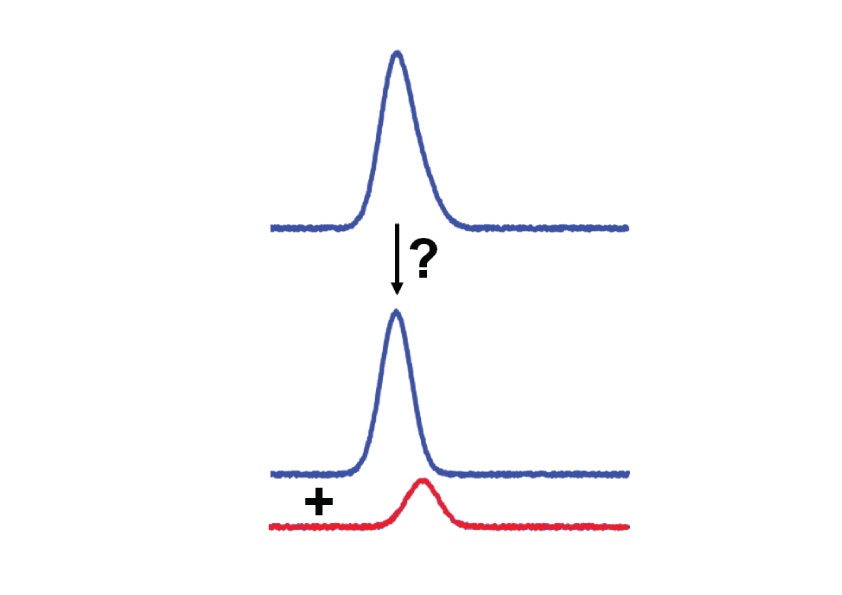A reader recently asked a question about the use of the peak-purity function of his diode-array UV detector (DAD). The question related to whether or not he could detect the presence of enantiomers, stereoisomers, diastereoisomers, or epimers with the peak-purity function.
The peak-purity function of DADs is quite simple in concept. UV spectra are taken at various points across a chromatographic peak and compared. If the spectra are sufficiently alike, the peak is considered pure; if the differences in spectra are large enough, the peak is not pure. With some peak-purity outputs, all you get is an indication of the peak purity, sometimes called a match angle or purity angle. With sophisticated peak-deconvolution software, the peaks can be measured separately, in much the same manner as an LC-MS detector can distinguish between two co-eluting peaks of different molecular weights.

Peak-purity measurements sound good in principle, but most workers are disappointed in the actual results. The reason for this is that several challenges exist in most chromatograms. First, the peak shape of most chromatographic peaks are not an ideal Gaussian distribution, but tend to tail, so peak distortion does not necessarily mean that more than one compound is present. More important, though, is the nature of co-eluting peaks. If two peaks co-elute or have very similar retention times in a single sample, there is a good chance that they are chemically related. Compounds that are chemically related usually have similar UV spectra. Further complicating spectral similarity is the fact that many of the compounds that we’re interested in analyzing have very “uninteresting” UV spectra. That is, they don’t have much spectral detail, with strong absorbance The bottom line is that the various isomers mentioned in the reader’s question are likely to have very similar, if not identical, UV spectra. If this is the case, even under ideal circumstances (large concentrations, similar peak sizes), it will not be possible to differentiate between isomers using a peak-purity function. Even LC-MS is likely to fail to distinguish the peaks in many such cases.
This is a place where chromatography wins! Use a chiral column to help separate chiral compounds. Normal-phase chromatography (NPC) usually will be more successful at separating isomers than reversed-phase chromatography (RPC). This is because RPC tends to separate on sample polarity, which will differ very little between isomers. In contrast, NPC is based on adsorptive interactions between the solute and the column surface. These interactions tend to differ based on the shape of the molecule, so one isomer tends to interact more strongly with the column than another, allowing separation to take place.
This blog article series is produced in collaboration with John Dolan, best known as one of the world’s foremost HPLC troubleshooting authorities. He is also known for his research with Lloyd Snyder, which resulted in more than 100 technical publications and three books. If you have any questions about this article send them to TechTips@sepscience.com




